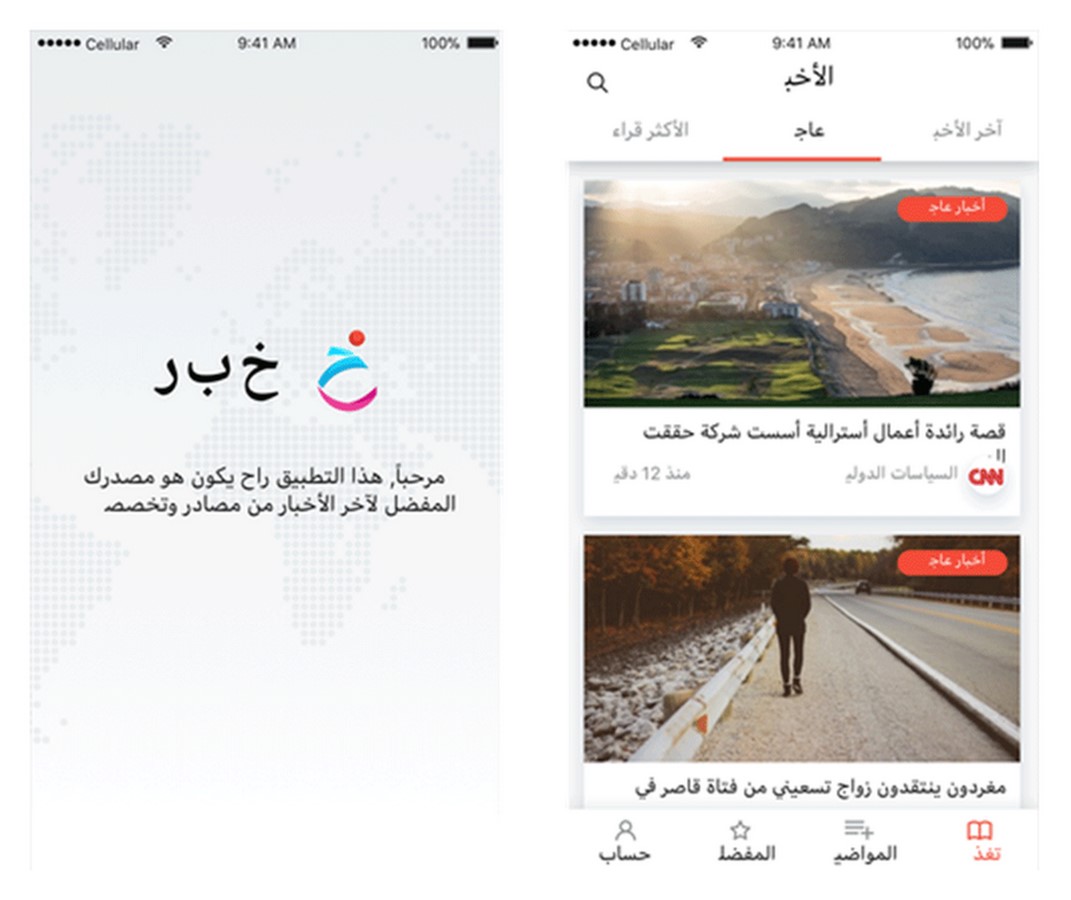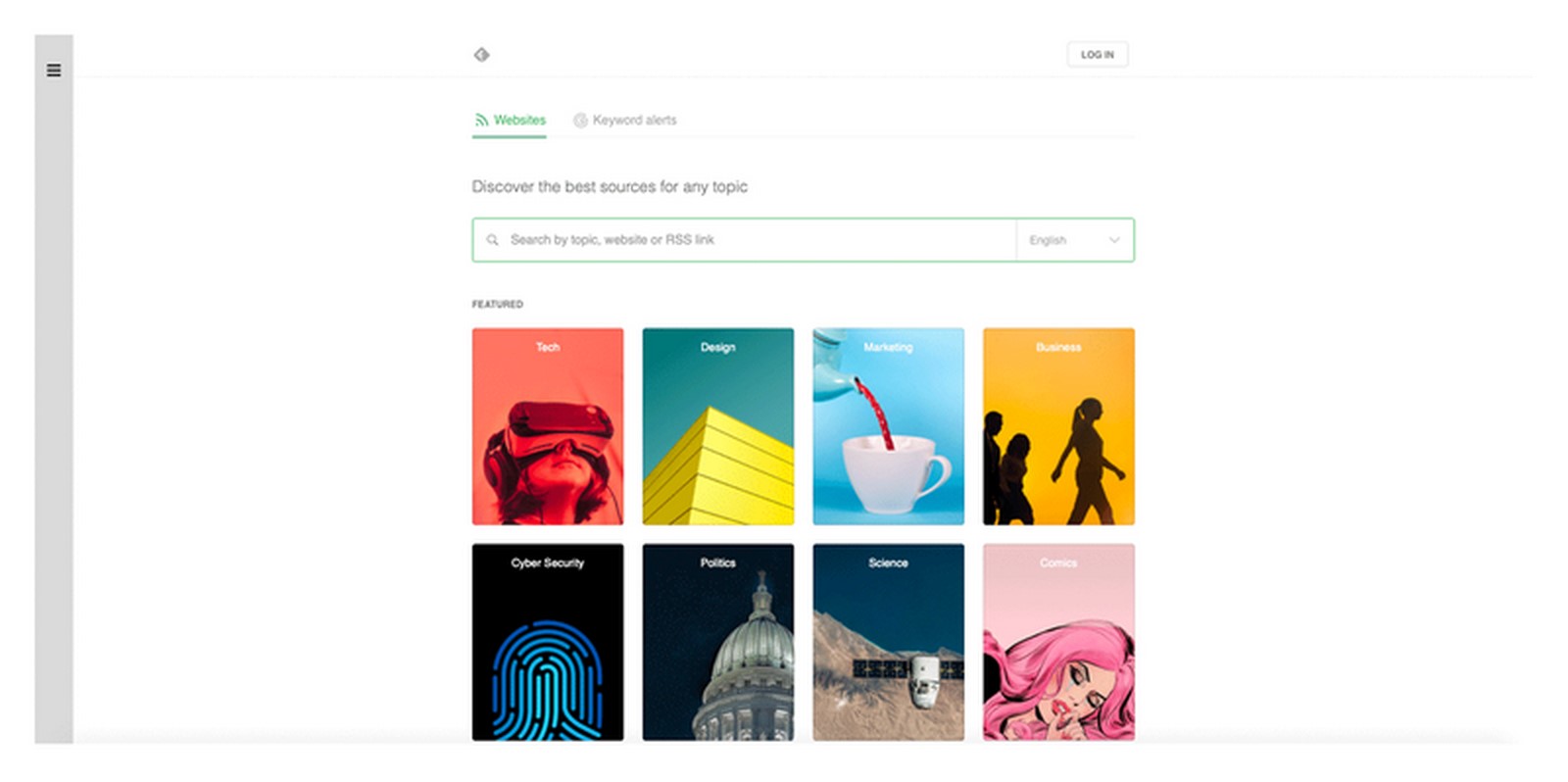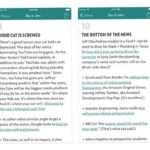Content aggregator websites have become increasingly popular, offering users a centralized platform to access diverse content from various sources across the internet. These platforms serve as valuable tools for both publishers and consumers, facilitating content discovery and consumption.

What Defines a Content Aggregator Website?
A content aggregator website collects content from different sources such as news articles, social media posts, images, and videos on specific topics and presents them in one accessible location. Examples like Techmeme and Feedly demonstrate how these platforms offer curated content tailored to user interests.
Differentiating Aggregation, Curation, and Syndication
While content aggregation, curation, and syndication share similarities, they serve distinct purposes:
- Content Aggregation: Involves automatically gathering and grouping content from multiple sources on a particular topic. Platforms like AllTop exemplify this by providing users with a variety of headlines from popular websites on various topics.
- Content Curation: Goes beyond aggregation by selecting and presenting the best content with added commentary or context. Platforms like NextDraft offer curated summaries of top news stories, enhancing user engagement.
- Content Syndication: Focuses on republishing content on third-party platforms with links back to the original source. This practice, seen on platforms like Fox News, extends the reach of content to wider audiences.

The Relationship Between Aggregators and Publishers
While content aggregators offer opportunities for publishers to reach broader audiences, concerns arise regarding data ownership and brand recognition. Aggregators like News Republic aim to benefit publishers by providing reach, revenue, recognition, and insights into audience behavior.
Examples of Successful Content Aggregator Websites
Numerous content aggregator websites have achieved success by offering convenience and curated content. Some notable examples include:
- AllTop: A platform providing continuously updated news on various topics, allowing users to customize their news feeds.
- Upstract: Known for its clear presentation of news content and curated headlines from multiple sources.
- Feedly: Offers easy access to news websites, blogs, and other content sources, grouped by topics and trends.
- NextDraft: Curates daily news stories with added perspective from the editor, enhancing user engagement.
- theSkimm: Presents essential news and events to start the day, accompanied by additional multimedia content.
- Khabar: A news aggregator platform developed by Globaldev, offering the latest news from over 100 providers.

Building a Content Aggregator Website
Creating a content aggregator website involves several key steps:
- Define Your Website Type: Determine the type of aggregator you want to build, such as news, review, social network, or poll aggregator.
- Identify Tools and Technologies: Choose appropriate technologies for data extraction, such as custom web scrapers or web scraping software.
- Design with User Engagement in Mind: Create a design that emphasizes content and includes strong filtering features for user convenience.
- Select a Monetization Strategy: Decide how to generate revenue, whether through premium memberships, advertising, or other methods.
- Choose a Development Approach: Decide between building the website from scratch or using platforms like WordPress, considering factors like customization and security.
Key Considerations and Best Practices
When developing a content aggregator, it’s crucial to:
- Respect Intellectual Property: Ensure compliance with copyright laws by obtaining permission for content use and providing proper attribution.
- Stay Updated with Algorithms: Stay informed about Google algorithm updates to avoid penalties for content duplication or low quality.
- Prioritize User Experience: Focus on delivering high-quality content and enhancing user engagement through intuitive design and features.


















